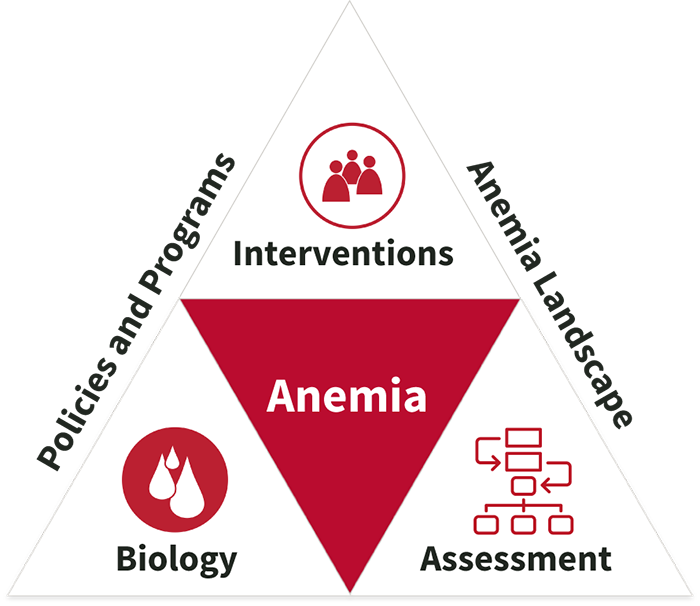Experiences from different parts of the world show that an approach that succeeds in one context may not be applicable to others. Sharing these experiences allows us to learn from one another, and refine our actions and interventions to match our own geographical and resource environments.
We found 80 resource(s)
Risk Factors for Anemia and Micronutrient Deficiencies Among Women of Reproductive Age—The Impact of the Wheat Flour Fortification Program in Uzbekistan
Journal Article published by Nutrients in
This paper assesses the risk factors for-and the impact of the wheat flour program in Uzbekistan on-anemia, and iron and folate deficiency in non-pregnant women of reproductive age.
Anemia, Micronutrient Deficiencies, Malaria, Hemoglobinopathies and Malnutrition in Young Children and Non-Pregnant Women in Ghana: Findings from a National Survey
Journal Article published by PLOS One in
This paper describes the national prevalence of micronutrient deficiencies, anemia, malaria, inflammation, α-thalassemia, sickle cell disease and trait, and undernutrition and overweight/obesity in Ghana.
Comparing Hemoglobin Distributions Between Population-Based Surveys Matched by Country and Time
Journal Article published by BMC Public Health in
This study compares hemoglobin distributions from four pairs of nationally representative surveys measuring hemoglobin, matched by country and time from the Demographic and Health Survey Program and the Biomarkers Reflecting Inflammation and Nutritional Determinants of Anemia project.
Predictors of Anaemia Among Adolescent Schoolchildren of Ghana
Journal Article published by J Nutr Sci in
This study identifies factors associated with hemoglobin concentration and anaemia among school-attending adolescent girls and boys from 115 schools across the various regions of Ghana.
Barriers to and Facilitators of Iron and Folic Acid Supplementation Within a School-Based Integrated Nutrition and Health Promotion Program Among Ghanaian Adolescent Girls
Journal Article published by Curr Dev Nutr in
This study describes the barriers to and facilitators of program fidelity to a school-based anemia reduction program with weekly iron and folic acid supplementation among adolescent girls in Ghana.
An Integrated Infant and Young Child Feeding and Micronutrient Powder Intervention Does Not Affect Anemia, Iron Status, or Vitamin A Status among Children Aged 12–23 Months in Eastern Uganda
Journal Article published by Journal of Nutrition in
This study evaluated the impact of an integrated infant and young child feeding and micronutrient powder intervention on anemia and micronutrient status among children aged 12–23 months in Eastern Uganda.
Age, Ethnicity, Glucose-6-Phosphate Dehydrogenase Deficiency, Micronutrient Powder Intake, and Biomarkers of Micronutrient Status, Infection, and Inflammation are Associated with Anemia Among Children 6–59 Months in Nepal
Journal Article published by Journal of Nutrition in
This study used cross-sectional data from the 2016 Nepal National Micronutrient Status Survey to evaluate factors associated with anemia in a nationally representative, population-based sample of children 6–59 months.
Iron Supplementation in Infants: A Reflection on Hepcidin and Fractional Iron Absorption
Journal Article published by Am J Clin Nutr in
This editorial discusses the implications of a study that assesses the effect of iron dosing schedules on plasma hepcidin and iron absorption in high-risk infants in Kenya and found that iron absorption administered in a variety of methods in a pediatric population and found that less frequent dosing results in increased fractional absorption of…



